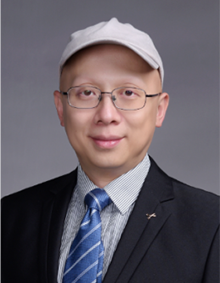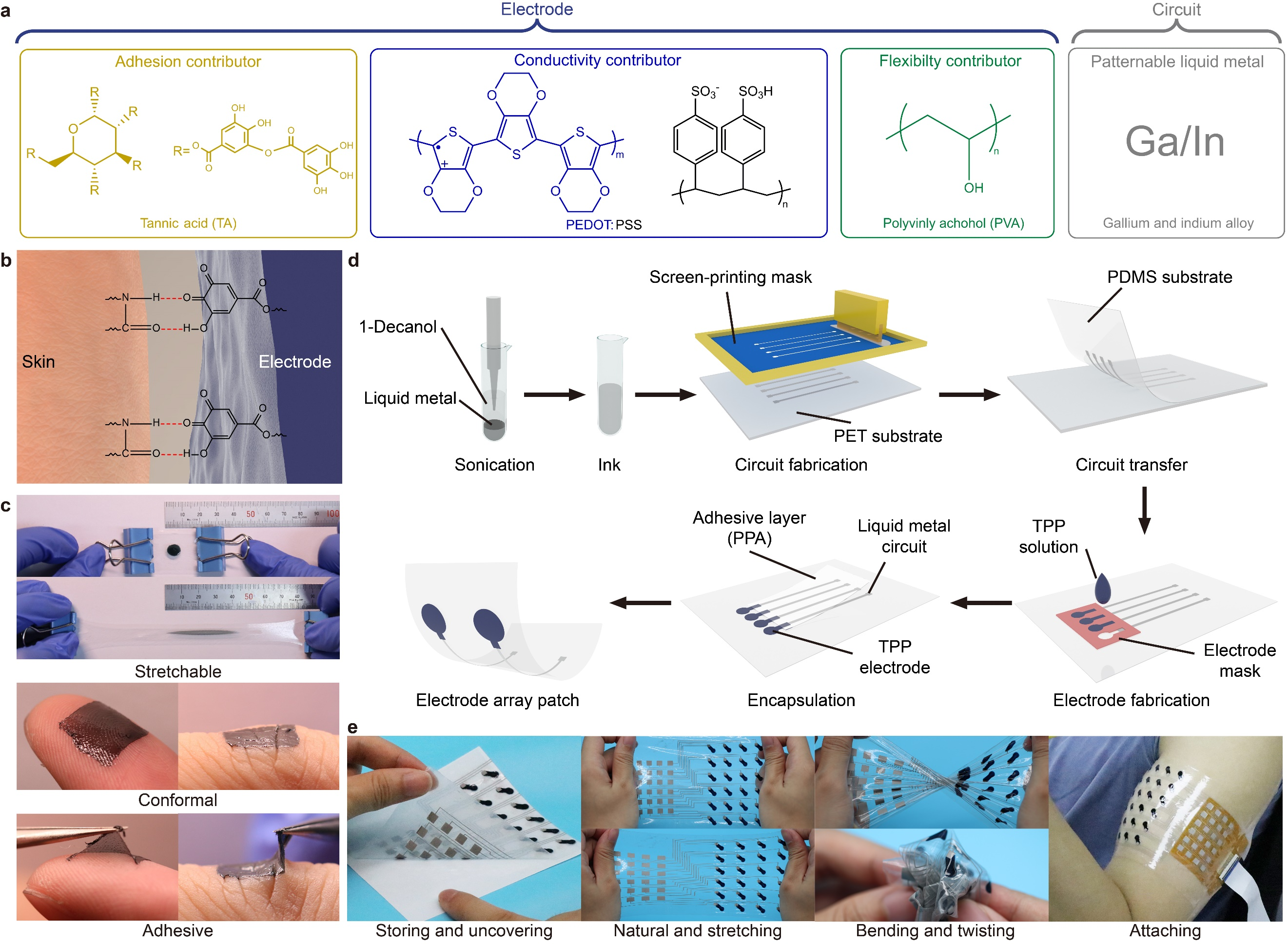17758013020 Chen Chen
-
-
-
17816169069 Jinglin Jian
-
17758013020 Chen Chen
17816169069 Jinglin Jian

Xingyu Jiang is a Chair Professor at the Southern University of Science and Technology, Shenzhen, China. He obtained his B.S. in chemistry from the University of Chicago in 1999 and his Ph.D. from Harvard University in 2004. In 2005, he began to work at the National Center for Nanoscience and Technology and University of Chinese Academy of Sciences. In 2018, he became a chair professor at the Department of Biomedical Engineering of the Southern University of Science and Technology. He has published more than 370 peer-reviewed papers. His research has been recognized by a series of awards and supported by a number of prestigious funding, including the National Science Foundation for Distinguished Young Scholars, Chief Scientist of National Key R&D Projects, Leading Talents of Technological Innovation of Ten Thousand Talents Program, the State Council Special Allowance expert, and “Hundred Talents Program” of the Chinese Academy of Sciences. He is currently a member of the advisory boards of Nanoscale Horizons, Nanoscale, Nanoscale Advances, and editorial board of Advanced Healthcare Materials and Analytical Chemistry.
A stretchable surface electromyography array patch based on liquid metal and conductive polymers
Shuaijian Yang*, Samit Chakrabarty# Xingyu Jiang*,
* Guangdong Provincial Key Laboratory of Advanced Biomaterials, Department of Biomedical Engineering, Southern University of Science and Technology, Shenzhen, Guangdong 518055, P. R. China. (jiang@sustech.edu.cn)
# School of Biomedical Sciences, Faculty of Biological Sciences, University of Leeds, Leeds, LS2 9JT, United Kingdom. (S.Chakrabarty@leeds.ac.uk)
Abstract
Surface electromyography (sEMG) can provide multiplexed information about muscle performance. If current sEMG electrodes are stretchable, arrayed, and able to be used multiple times, they would offer adequate high-quality data for continuous monitoring. The lack of these properties delays the widespread use of sEMG in clinics and in everyday life. Here, we address these constraints by design of an adhesive dry electrode using tannic acid, polyvinyl alcohol, and PEDOT:PSS (TPP). The TPP electrode offers superior stretchability (~200%) and adhesiveness (0.58 N/cm) compared to current electrodes, ensuring stable and long-term contact with the skin for recording (>20 dB; >5 days). Additionally, we developed a metal-polymer electrode array patch (MEAP) comprising liquid metal (LM) circuits and TPP electrodes [1][2][3][4]. The MEAP demonstrated better conformability than commercial arrays, resulting in higher signal-to-noise ratio and more stable recordings during muscle movements. Manufactured using scalable screen-printing, these MEAPs feature a completely stretchable material and array architecture, enabling real-time monitoring of muscle stress, fatigue, and tendon displacement. Their potential to reduce muscle and tendon injuries and enhance performance in daily exercise and professional sports holds great promise.

Figure 1: Schematic diagram of the composition and fabrication of MEAP. a Different constituents and their function in MEAP. b Schematic diagram of adhesion between TPP electrode and skin. c Photographs of the performance of TPP electrodes during stretching and on skin. d The fabrication process of MEAP. The liquid metal ink is prepared to make MPC circuits. TPP contact sites are cast on the substrate using moulds. The adhesive encapsulation layer, PPA, is fabricated to cover circuits and expose contact sites only. e Photographs of MEAP during stretching, bending and twisting. MEAP can be stored on a release film and uncovered simply to attach on skin for sEMG recording.
References
[1] Yang, S.; Cheng, J.; Shang, J.; Hang, C.; Qi, J.; Zhong, L.; Rao, Q.; He, L.; Liu, C.; Ding, L.; Zhang, M.; Chakrabarty, S.; Jiang, X.: Stretchable surface electromyography electrode array patch for tendon location and muscle injury prevention. Nat Commun, Vol. 14, No. 1, pp. 6494, 2023.
[2] Tang, L.; Shang, J.; Jiang, X.: Multilayered electronic transfer tattoo that can enable the crease amplification effect. Science Advances, Vol. 7, No. 3, pp. eabe3778, 2021.
[3] Jia, Y.; Chen, W.; Tang, R.; Zhang, J.; Liu, X.; Dong, R.; Hu, F.; Jiang, X.: Multi-armed antibiotics for Gram-positive bacteria. Cell Host & Microbe, Vol. 31, No. 7, pp. 1101-1110.e5, 2023.
[4] Liu, Y.; Yang, Y.; Wang, G.; Wang, D.; Shao, P.-L.; Tang, J.; He, T.; Zheng, J.; Hu, R.; Liu, Y.; Xu, Z.; Niu, D.; Lv, J.; Yang, J.; Xiao, H.; Wu, S.; He, S.; Tang, Z.; Liu, Y.; Tang, M.; Jiang, X.; Yuan, J.; Dai, H.; Zhang, B.: Multiplexed discrimination of SARS-CoV-2 variants via plasmonic-enhanced fluorescence in a portable and automated device. Nat. Biomed. Eng, doi: 10.1038/s41551-023-01092-4, 2023.